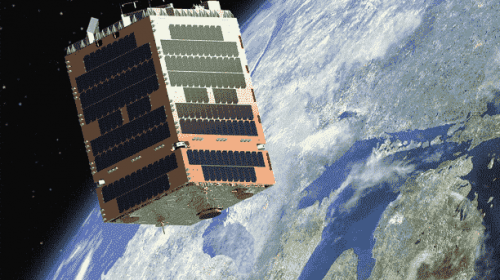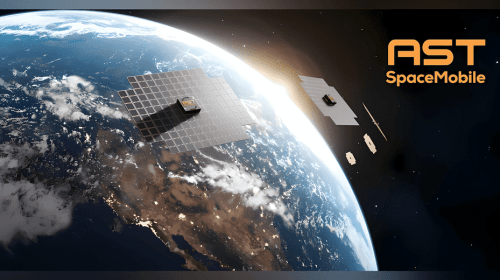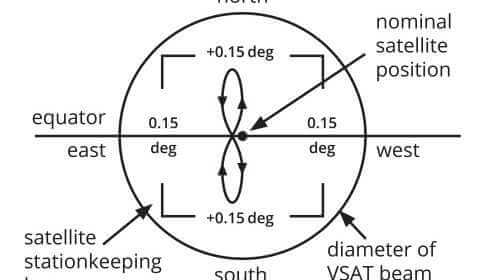Maneuverable MicroGEO Satellites Interest US Space Force
Oct 27, 2023
The United States Space Force is actively exploring the potential of small geosynchronous satellites to strengthen military communications networks. On October 19th, Space Force officials stated they are looking into leveraging new commercial smallsat technologies or even procuring dedicated government constellations in geostationary Earth orbit (GEO).
 Astranis microGEO satellites. Credit: Astranis
Astranis microGEO satellites. Credit: Astranis
According to Clare Hopper, Chief of the Space Force’s Commercial Satellite Communications Office, the interest is in maneuverable microGEO platforms that can deliver connectivity from GEO. Her office recently issued a Request for Information seeking insights on the emerging microGEO sector’s capabilities.
The RFI highlights the Space Force’s goal of launching communications satellites with greater agility and smaller size compared to traditional large GEO comsats. Through this market research, the Space Force aims to understand the benefits and risks of employing new microGEO systems. Hopper explained they plan to utilize IDIQ contracts, which provide a flexible framework for placing task orders with industry as needs arise. This would allow the Space Force to either procure bandwidth services or acquire its own microGEO constellation through unique leasing arrangements.
GEO, about 22,000 miles above Earth, has been the standard home for comsats so ground antennas can remain fixed on satellites’ predictable locations. But microGEO platforms are breaking this mold as smaller, cheaper options with new maneuverability.
The Space Force sees strong potential in small satellites’ resilience through disaggregation and distribution across GEO orbital slots. Moving forward, the Space Force will assess if microGEO satellites in GEO can truly enhance connectivity and survivability for critical military applications. Reduced size and costs make expanding or replacing assets more affordable and responsive.
However microGEO platforms must still demonstrate reliable performance to meet defense needs. As commercial providers like Astranis enter this market, the Space Force is smartly gauging the technology’s maturity and real utility.
MicroGEO satellites offer key advantages over conventional large geostationary platforms. Their small size enables launching more satellites on a rocket, improving economics. MicroGEO constellations can provide redundancy and distribution for increased resilience. If one satellite fails, capacity is spread across the network. MicroGEO platforms are also maneuverable, and able to shift across GEO arc slots, unlike stationary legacy satellites. This agility allows adjusting coverage and avoiding threats. Additionally, their lower cost makes replacing microGEOs more affordable than giant GEO comsats.
Compared to LEO smallsats, microGEO platforms maintain a fixed vantage for reliable coverage without inter-satellite links. Their higher altitude also provides a wide field of view for broader regional reach. By combining size and cost benefits with GEO’s favorable traits, microGEOs are an appealing midground between traditional GEO and newer LEO systems for operators. Their unique mix of flexibility, capacity, and persistence make them strong competitors in the evolving satellite communications landscape.
Leveraging the industry’s innovation, the Space Force seeks to shape tomorrow’s resilient GEO communications architecture. The possibilities span purchased services, unique leasing models, and even turnkey microGEO constellations dedicated to national security missions. By tapping into commercial smallsat tech, the Space Force aims to strengthen links that warfighters depend on in turbulent times.





